Foundation Year
The proficiency strands understanding, fluency, problem-solving and reasoning are an integral part of mathematics content across the three content strands: number and algebra, measurement and geometry, and statistics and probability. The proficiencies reinforce the significance of working mathematically within the content and describe how the content is explored or developed. They provide the language to build in the developmental aspects of the learning of mathematics. The achievement standards reflect the content and encompass the proficiencies.
At this year level:
- understanding includes connecting names, numerals and quantities
- fluency includes readily counting numbers in sequences, continuing patterns and comparing the lengths of objects
- problem-solving includes using materials to model authentic problems, sorting objects, using familiar counting sequences to solve unfamiliar problems and discussing the reasonableness of the answer
- reasoning includes explaining comparisons of quantities, creating patterns and explaining processes for indirect comparison of length.
(source: www.australiancurriculum.edu.au)
Achievement Standard
By the end of the Foundation year, students make connections between number names, numerals and quantities up to 10. They compare objects using mass, length and capacity. Students connect events and the days of the week. They explain the order and duration of events. They use appropriate language to describe location.
Students count to and from 20 and order small collections. They group objects based on common characteristics and sort shapes and objects. Students answer simple questions to collect information and make simple inferences.
(source: www.australiancurriculum.edu.au)
- Plus Plan
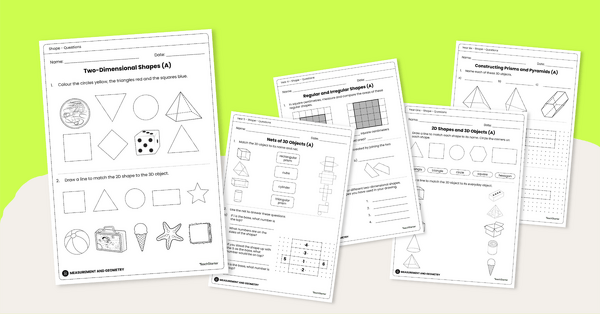
Shape Worksheet Sets (Foundation to Grade 6 Level)
Use these levelled worksheets sets with your primary school students to explore 2D shapes and 3D objects!
- Plus Plan
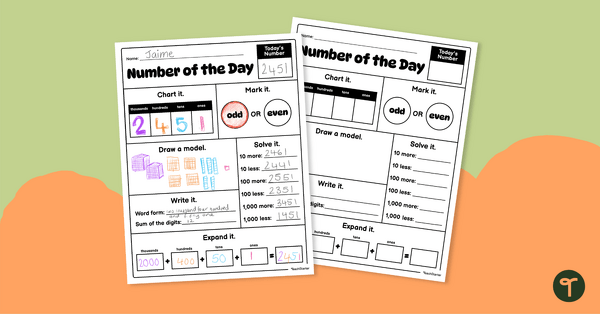
Number of the Day Worksheet
Explore 4, 5, and 6-digit numbers using this number of the day worksheet with your students.
- Plus Plan
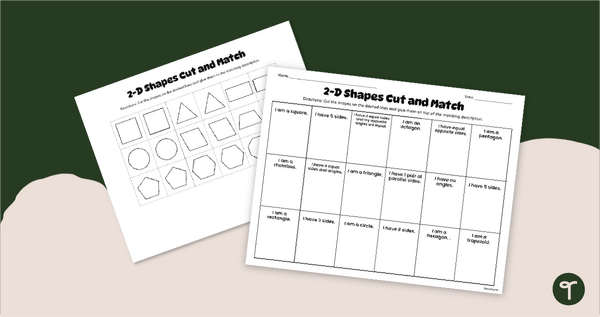
2D Shape Match
A fun match-up activity to consolidate your students’ knowledge of 2D shapes and their properties.
- Plus Plan

Measurement Worksheets for Foundation - Mass, Length, Capacity
Practise comparing units of mass, capacity, and length with a printable pack of foundation measurement worksheets.
- Plus Plan
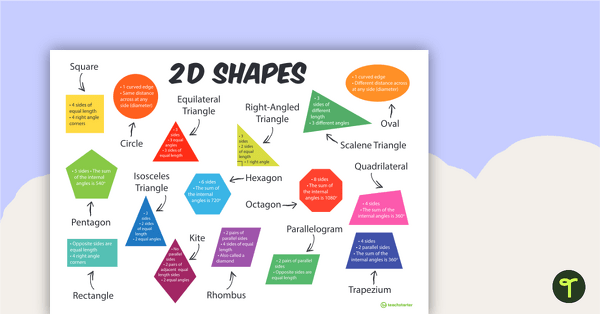
2D Shapes with Information – Poster
A 2D shapes poster with 16 common shapes, as well as information characterising each shape.
- Plus Plan
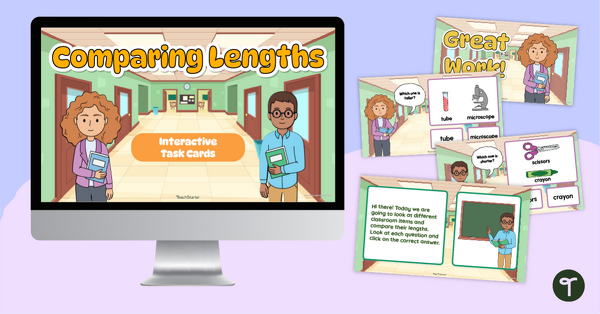
Shorter or Longer? Measurement Comparison Game
Identify what is shorter or longer with an engaging interactive measurement game.
- Plus Plan
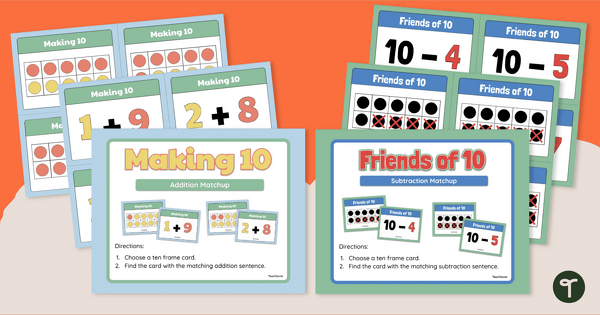
Tens Frame - Addition and Subtraction Match-Up Activity
Build addition and subtraction skills with two tens frame matching games.
- Plus Plan
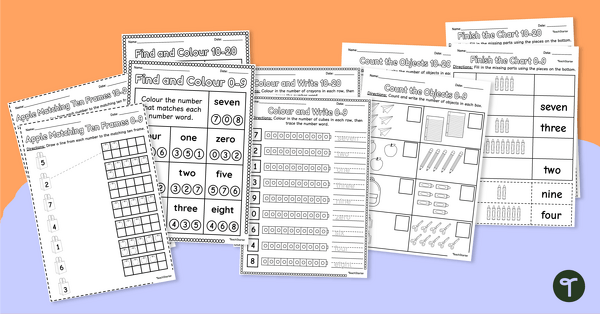
Numbers and Words to 20 – Worksheet Pack
Use this set of worksheets when students are practising connecting numbers to words and quantities.
- Plus Plan
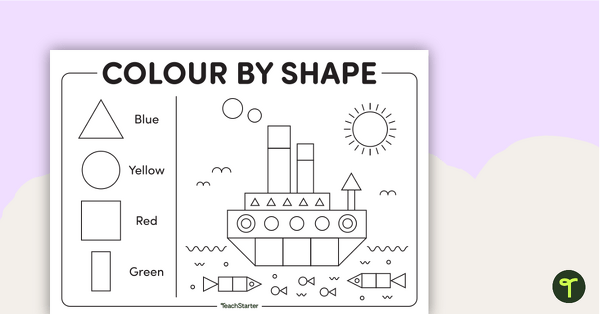
Colour by 2D Shape (Basic Shapes)
A set of five colour by shape worksheets.
- Plus Plan
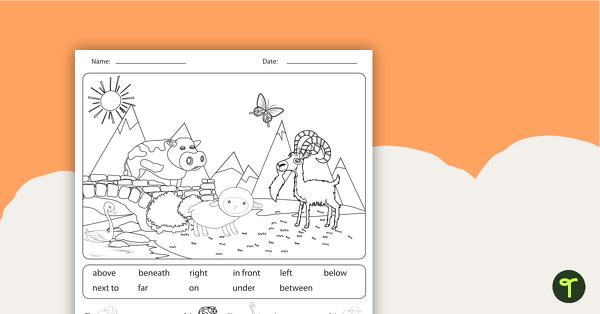
Positioning Worksheets - BW
Three worksheets using positioning vocabulary.
- Free Plan
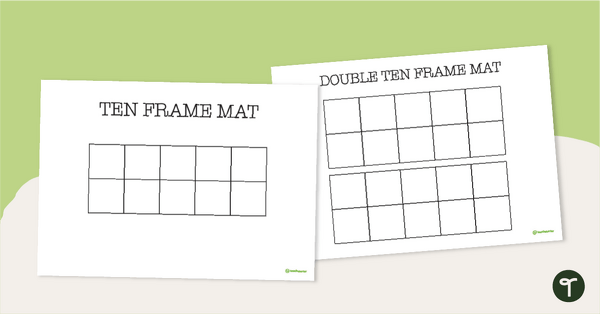
Ten Frame Mats (Single and Double)
Explore numbers to ten and beyond with this printable tens frame template.
- Plus Plan
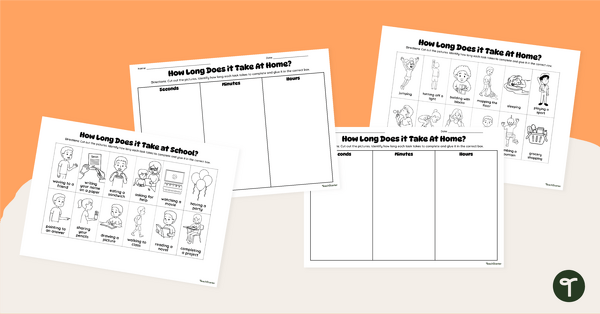
How Long Does It Take? – Seconds, Minutes & Hours Worksheets
Estimate the duration of time it takes to complete an action with a pair of Seconds, Minutes, or Hours? Cut and Sort Worksheets.
- Plus Plan
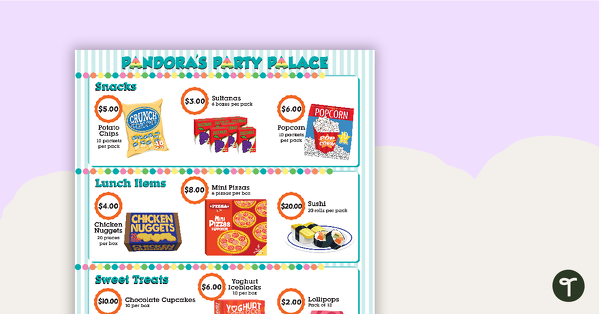
Pandora's Party Palace Maths Activity – Lower Years
16 mathematics problem solving task cards involving money in a real-world context.
- Plus Plan
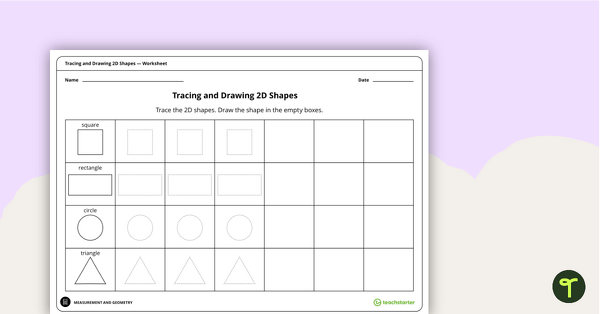
Tracing and Drawing 2D Shapes Worksheet
A simple trace and draw worksheet for 2D shapes.
- Plus Plan
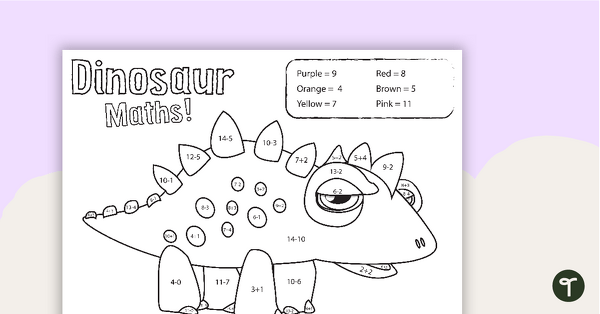
Dinosaur Maths - Addition & Subtraction - V2
Solve the addition and subtraction sums to colour in the dinosaur.
- Plus Plan
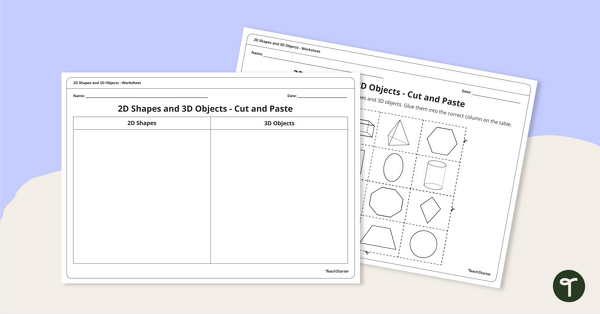
2D Shapes and 3D Objects - Cut and Paste Worksheet
Learn the difference between 2D shapes and 3D objects with this cut-and-paste worksheet.
- Plus Plan
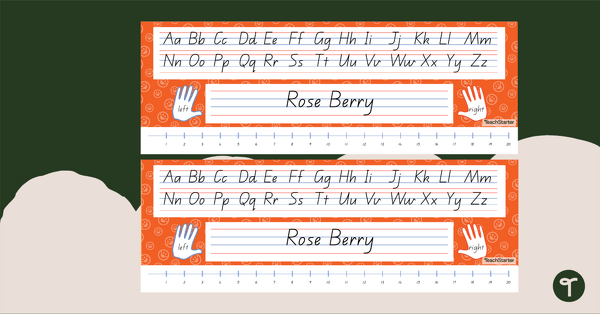
Orange Emoji-Themed Editable Desk Name Plate
Help your students feel at home on the first day of a new school year with these customisable desk name plates to match your classroom theme.
- Plus Plan
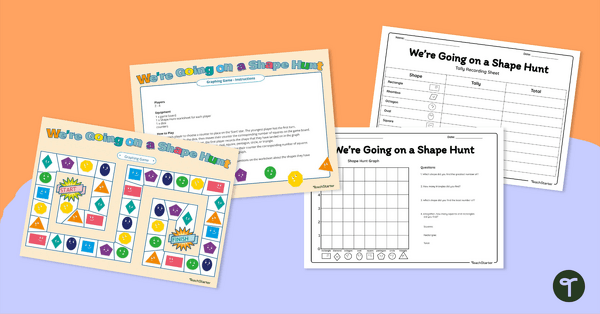
We're Going On a Shape Hunt! Graphing Game
Consolidate students' knowledge of 2D shapes while teaching about data collection, recording and graphing!
- Plus Plan
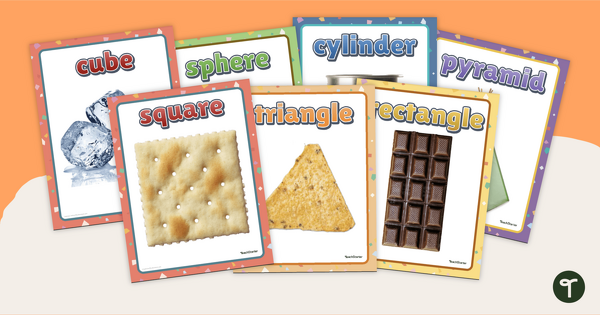
2D-3D Shape Posters
Use this set of 14 brightly coloured 2D and 3D shape posters to decorate your classroom and build academic vocabulary.
- Free Plan
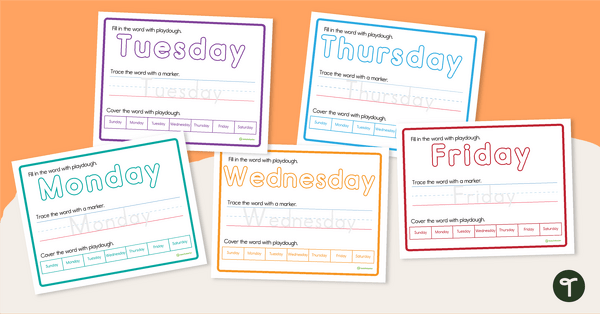
Days of the Week Playdough Mats
Use playdough mats to help your students identify, sequence and spell the days of the week.
- Plus Plan
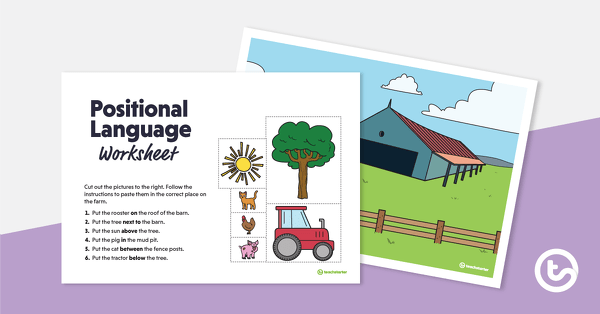
Positional Language Worksheet – The Farmyard
A farmyard-themed worksheet to use when teaching younger students about positional language.
- Free Plan
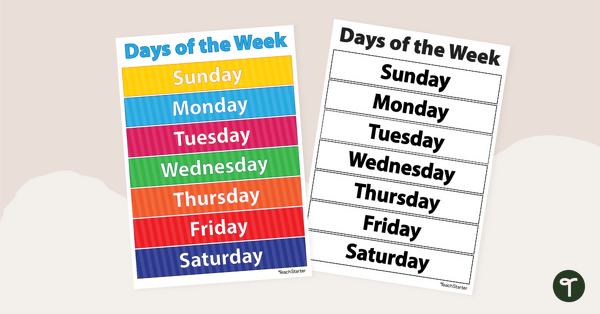
Days of the Week Poster
Display the days of the week with a bright and cheery Days of the Week Poster.
- Plus Plan
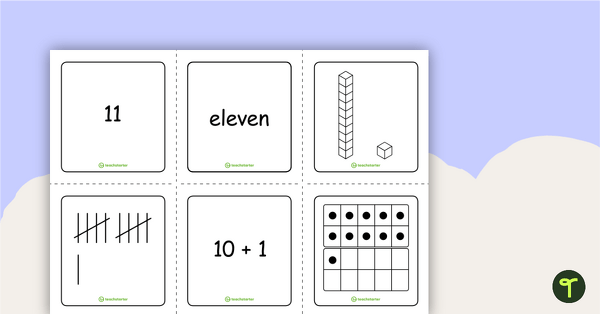
Representations of Numbers 11-20 Flashcards
A set of flashcards showing various representations of numbers from 11-20.
- Free Plan
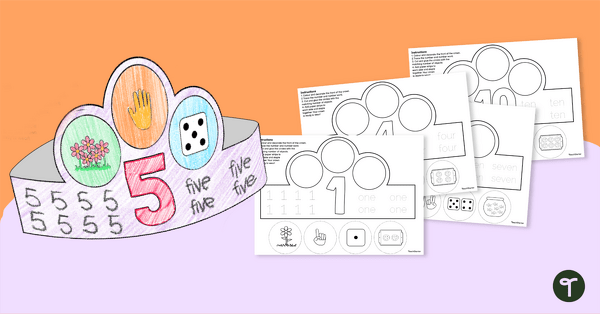
Counting Crowns Numbers 1-10
Create number crowns when learning to count to ten with this set of crown templates.
- Free Plan
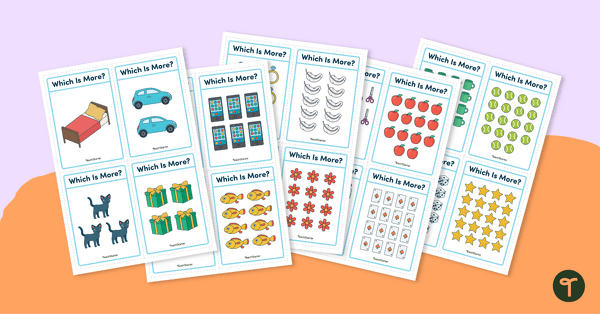
Which Is More? Counting Card Game
Compare and order collections up to 20 with this set of counting cards.
- Plus Plan
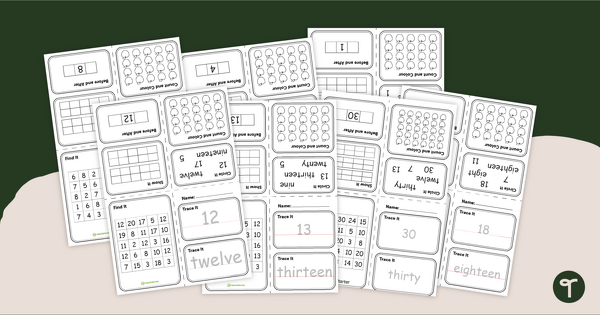
Number Little Books
A set of little books with activities for each number from 1–20.
- Plus Plan
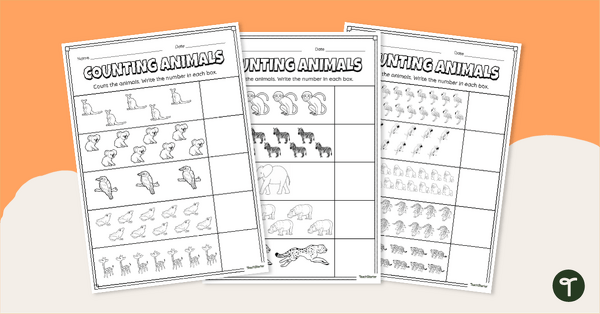
Counting Up to 20 Zoo Animals Worksheet Pack
Count the different animal groups on this set of three worksheets perfect for practising fundamental counting skills.
- Plus Plan
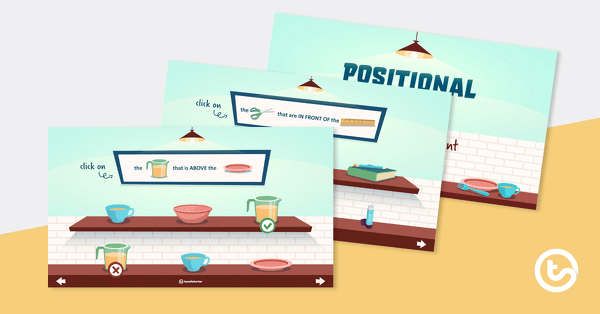
Positional Words Interactive PowerPoint
A game-like interactive PowerPoint that explores positional language.
- Plus Plan
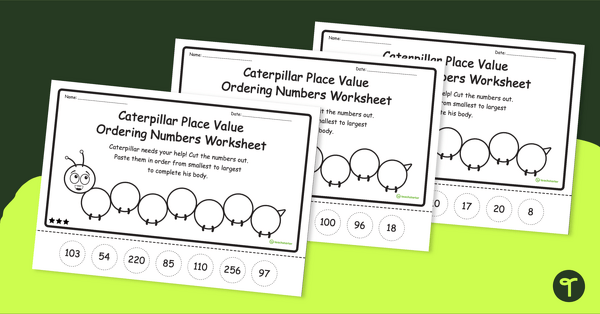
Caterpillar Ordering Numbers Worksheet - Dot Day Activity
A number sequencing activity with 3 different levels of complexity.
- Plus Plan
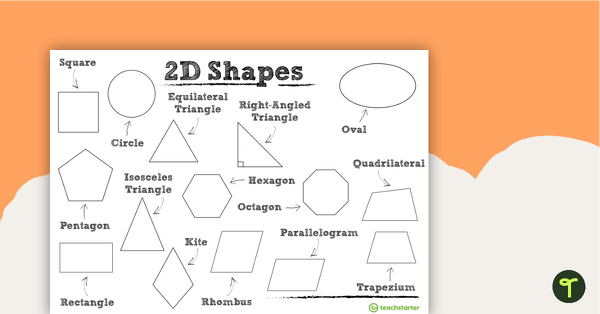
Individual 2D Shapes Posters - BW
2D Shapes and their names, diagrams and properties on individual posters.
- Free Plan
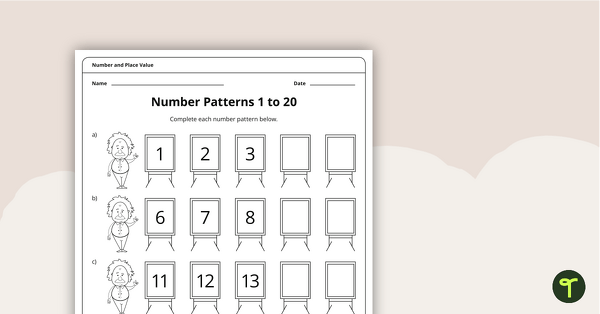
Number Pattern Worksheets - 1 to 20
An professor themed place value worksheet to use in the classroom when completing number patterns.
- Free Plan
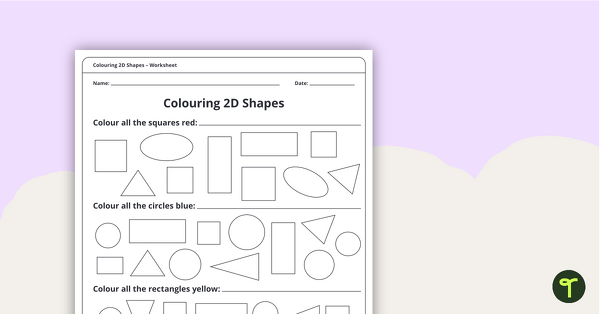
Colouring 2D Shapes Worksheet
A worksheet to consolidate students' understanding of rectangles, squares, circles and triangles.